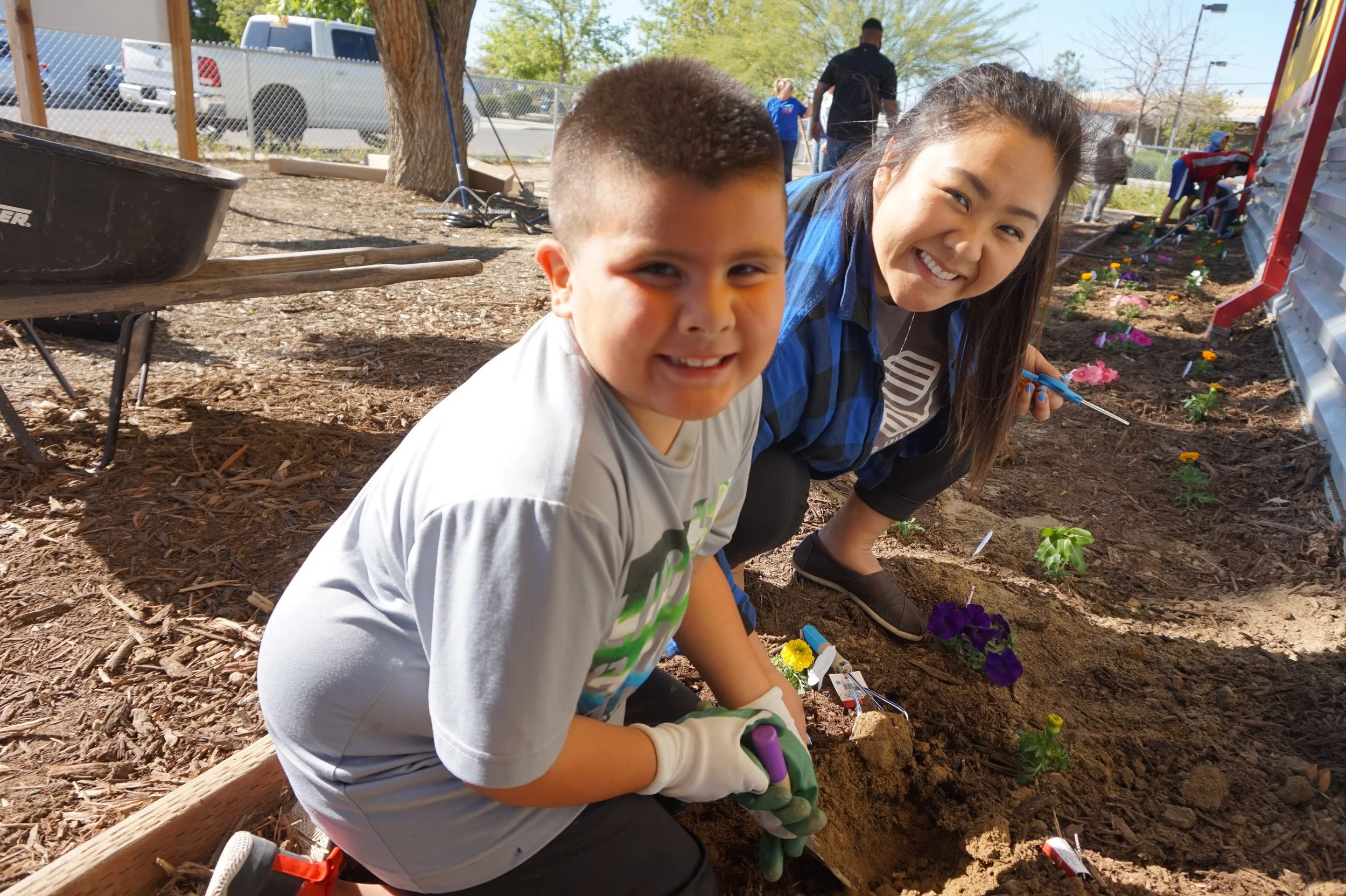Raising Fireflies: How to Keep Your Child’s Curiosity Glowing
This article was written by a third-party. Author: Lacie Martin, Raise Them Well.
Every parent has that moment where they catch a glimpse of wonder in their child’s eyes—a burst of curiosity, a flurry of questions, the joy of figuring something out all on their own. It’s magic. But keeping that flame alive as kids grow up in a world of distractions, pressure, and standardized expectations? That’s the real challenge. Nurturing a love of learning isn't about pushing harder or doing more. It's about weaving curiosity into the everyday fabric of your family’s life—and knowing how to keep that thread from snapping when the school grind or boredom threatens to take over.
Celebrate Questions, Don’t Just Answer Them
You’ve probably heard it: “Why is the sky blue?” or “What would happen if cats had wings?” These aren’t throwaway moments. They’re invitations. A child’s questions, no matter how wild or repetitive, are tiny doorways into bigger thinking. When you treat their wonder as valid and even exciting, you’re not just offering answers—you’re showing them that their curiosity matters. And when you don’t know the answer? Say so. Then look it up together. Curiosity thrives not in the knowing, but in the journey toward understanding.
Model Wonder Without Apology
Your kids are watching you more than you think. If you light up over a book, geek out about a random historical fact, or share the weirdest thing you read online that day, you’re giving them permission to stay interested, too. Too often, adults apologize for their hobbies or hide their passions behind “real life.” But showing genuine, unfiltered excitement about learning—whether it’s photography, bread-making, or bird calls—sends a subtle but powerful message: learning isn’t just for kids. It doesn’t expire with age.
Lead with Learning, Live the Lesson
When you take the leap to return to school, your kids don’t just see a parent chasing a degree—they witness courage, persistence, and a real-life example of what it means to value education. You’re showing them that learning doesn’t stop after graduation, and that it’s never too late to invest in your own growth. With flexible online degree programs, it’s easier than ever to balance coursework with full-time jobs and family responsibilities. And by earning a degree in psychology, you’ll explore the cognitive and emotional patterns that shape human behavior, giving you the tools to better support people in need—click for more.
Make Boredom a Gateway, Not a Wall
Here’s the truth: boredom isn’t the enemy. It’s a waiting room for creativity. Kids today aren’t often given the space to be bored long enough to figure out what really grabs them. When your child complains about having “nothing to do,” resist the urge to fix it immediately. Instead, treat it like a challenge: “Sounds like it’s time to invent something new.” This nudges them toward self-driven discovery, the bedrock of real learning. From building a fort to starting a comic strip, those moments matter more than you think.
Let Their Interests Lead (Even If You Don’t Get Them)
So your kid is obsessed with Minecraft? Or slime? Or the migratory patterns of whales? Great. Let them run with it. The quickest way to crush a love of learning is to dismiss what excites them just because it doesn’t excite you. Dive into their worlds—ask questions, play alongside them, help them find books, tools, or online communities that go deeper. When children feel that their interests are taken seriously, they develop confidence and ownership over their learning path. That’s the stuff that sticks.
Create a Home Where Learning Happens Everywhere
Learning isn’t confined to a desk or textbook. It happens in kitchens, gardens, car rides, and grocery store aisles. Turning everyday moments into learning opportunities doesn’t require a Pinterest-perfect setup—it just takes awareness. Talk through how you’re measuring ingredients when you cook. Wonder aloud how GPS works while you’re driving. These micro-moments of informal learning send a bigger message: the world is full of things worth knowing, and learning is part of living, not a task to be checked off.
Connect Them with Real-World Learning Communities
Sometimes, kids need more than what they can get at home or school. They need role models outside their family, peers who challenge them, and spaces where they’re seen for who they are—not just what grades they get. That’s where local programs like the Boys & Girls Clubs of Fresno County come in. These centers provide more than just after-school care—they offer mentorship, enrichment activities, and safe spaces where curiosity is celebrated. Whether it's robotics, art, or leadership clubs, these kinds of communities show kids that learning can be social, playful, and deeply personal.
Let Failure Be Part of the Process
Learning is messy. And if your child never sees failure as part of the process, they’ll be afraid to try. Whether it’s a science experiment gone wrong or a misspelled word in a story they worked hard on, help them see missteps as data—not disaster. Reflect together on what didn’t work and what they might try next time. The goal isn’t perfection. It’s resilience. When kids see that adults can fail and bounce back, they’re more likely to take creative risks—and that’s where real learning lives.
At the end of the day, the love of learning isn’t something you can download, assign, or enforce. It’s something you model, protect, and nourish quietly, consistently, in the background of daily life. If your child feels safe to explore, supported in their weird interests, and connected to a community that values curiosity over achievement, that flame will keep burning—even when the world tries to snuff it out. You’re not just raising a student. You’re raising a thinker. And thinkers change everything.
Celebrate 76 years of empowering youth with the Boys & Girls Clubs of Fresno County, and discover how you can help shape the future of young people in your community today!

